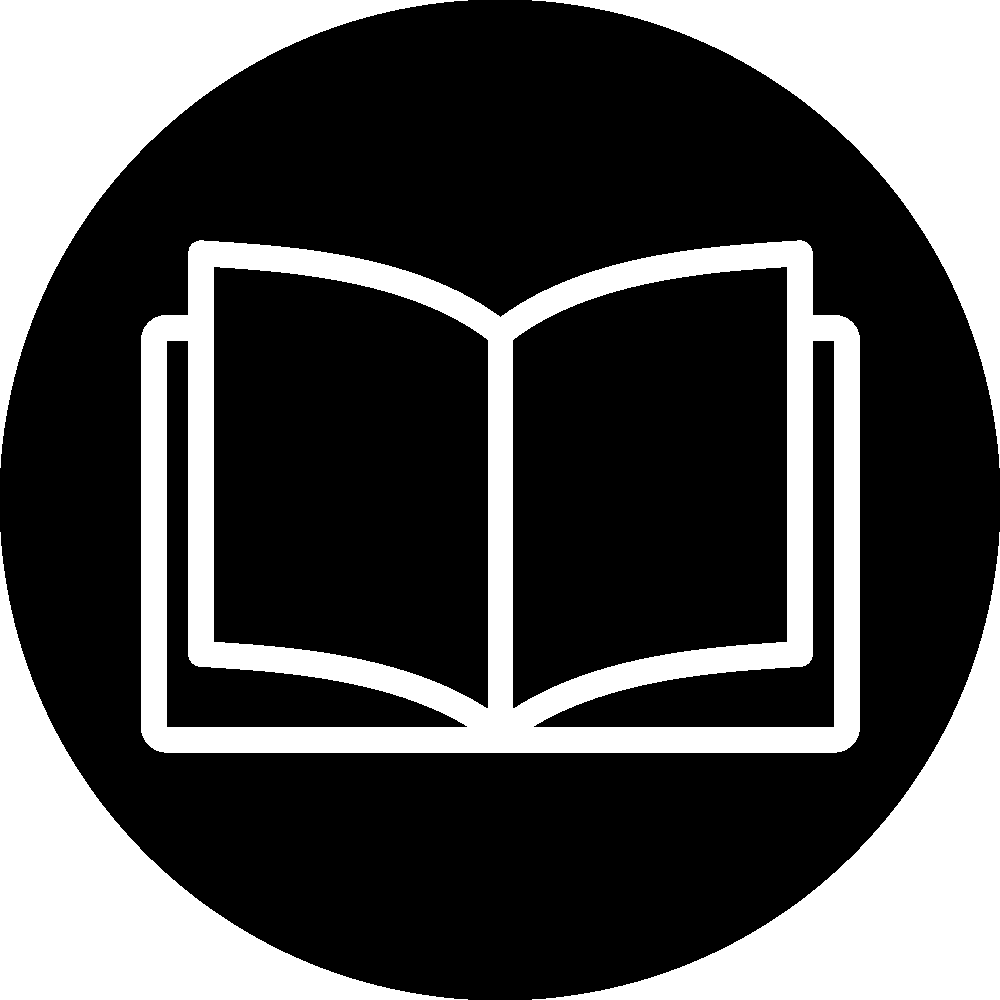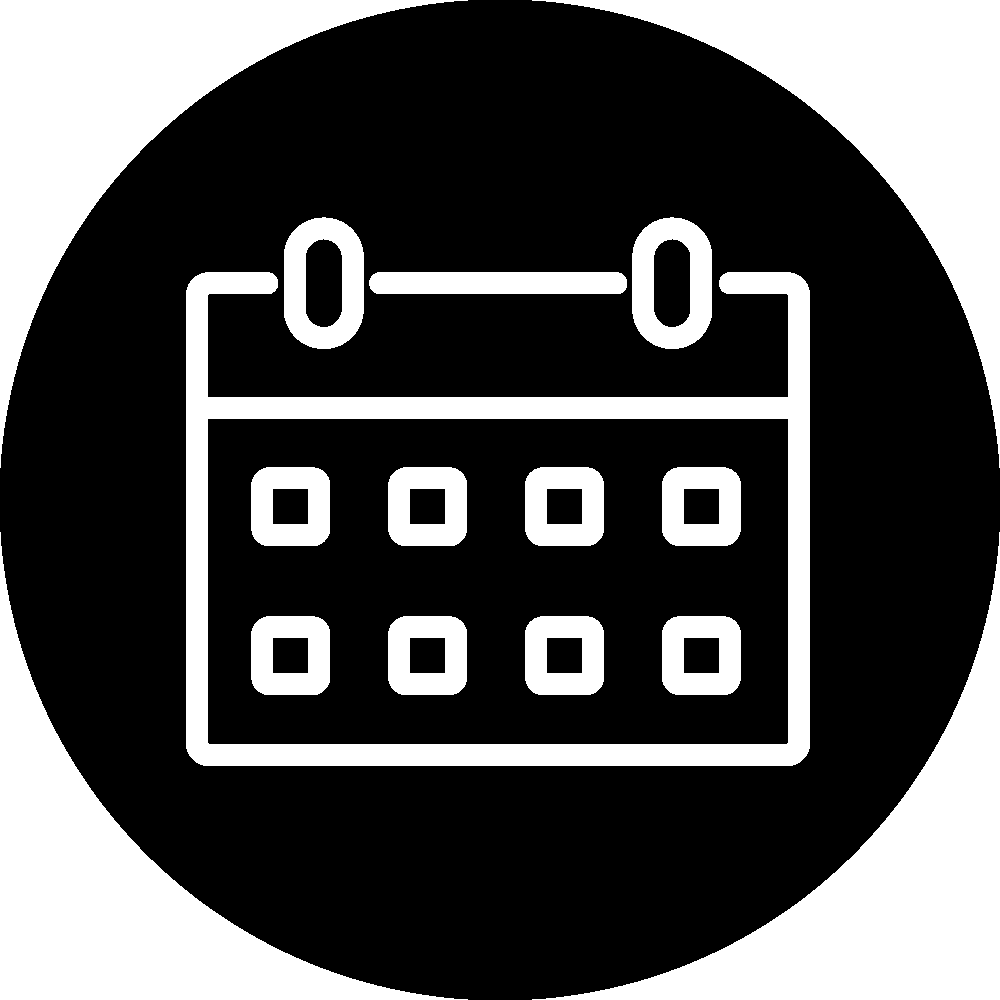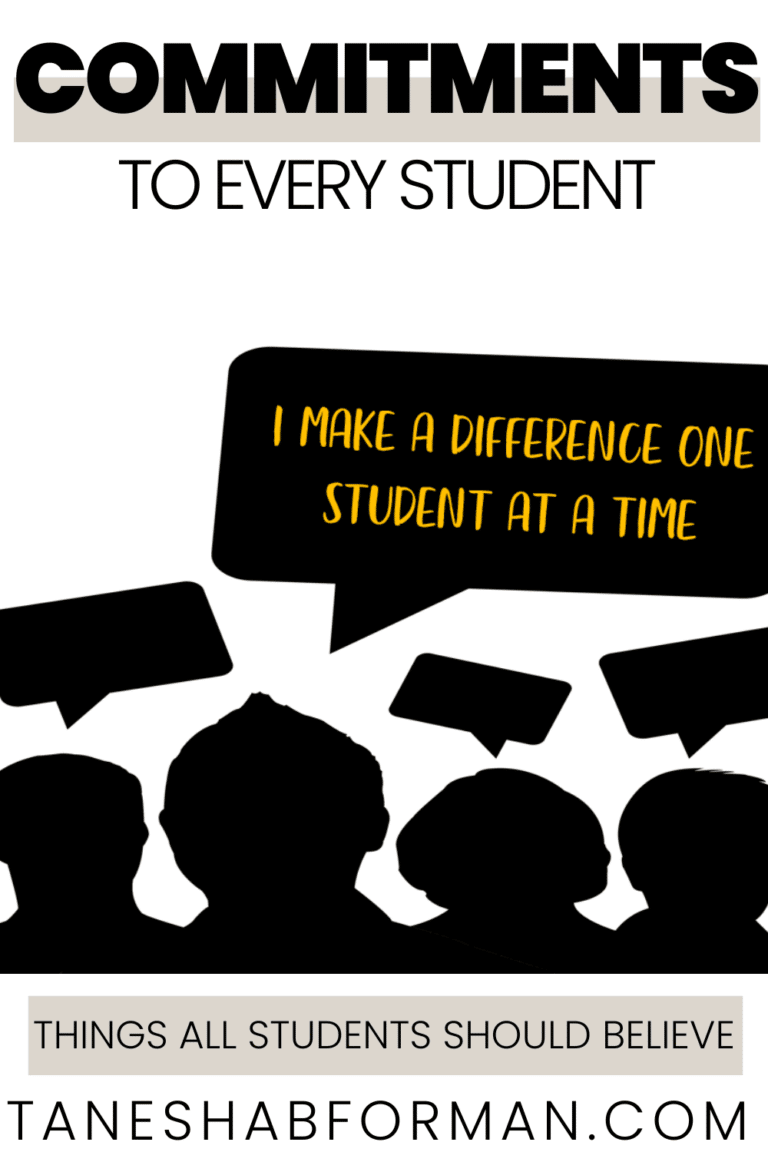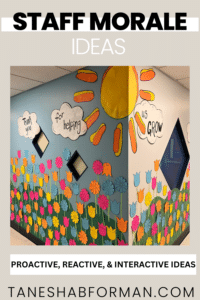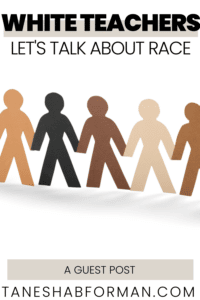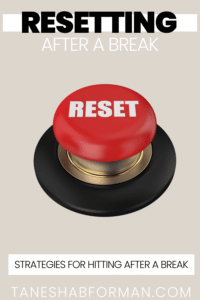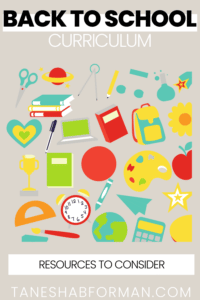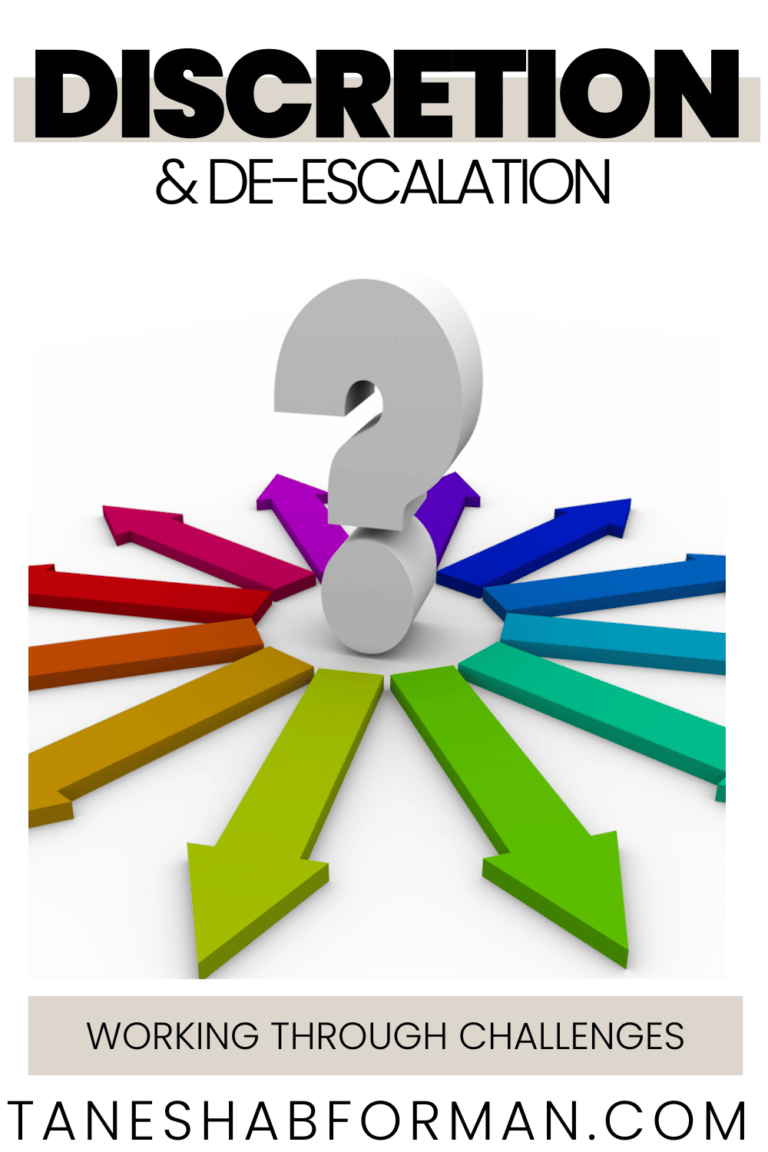
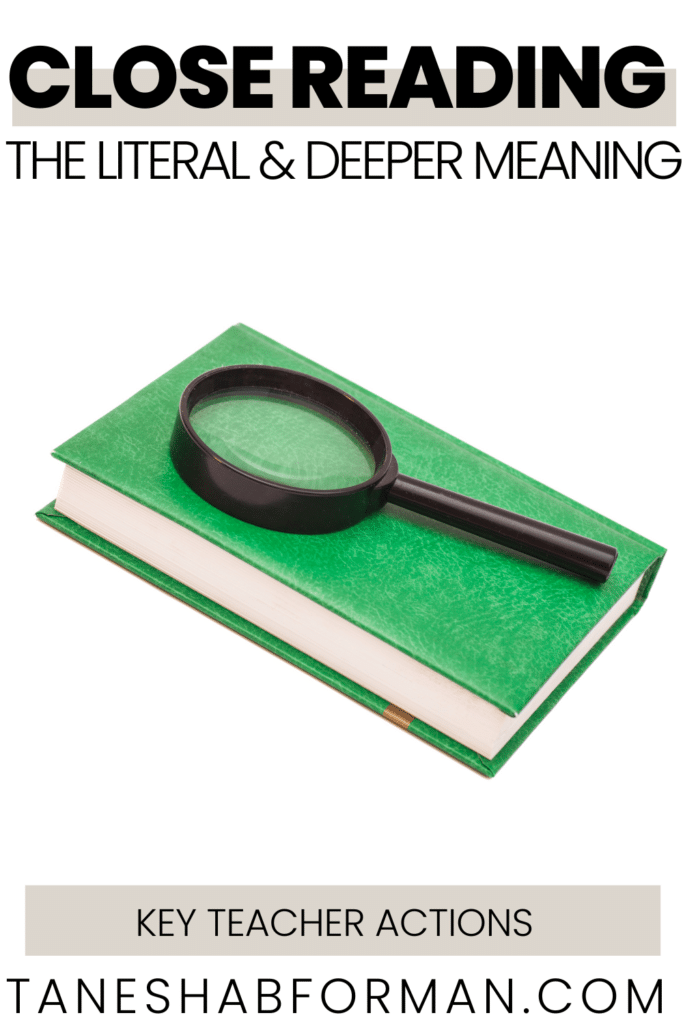
A Look at Close Reading Teacher Actions
Below is a non-exhaustive list of teacher and student actions that assist students with grasping the literal meaning of the text. Please note that many scholars and educators refer to this as “Key Ideas and Details” which aligns to the Common Core Standards. For the sake of brevity, I call this literal comprehension where students identify the big idea of the text.
As a final note, when I think about close reading, it’s all about student thinking and analysis. In my humble opinion there is not a “no prep’ way to do it. Teacher knowledge of the the text allows for clarification of misunderstandings and for teachers to guide students through and to the deeper meaning. The lesson I am sharing is focused on students annotating and engaging in a robust conversation about the text. That said, there are times when using a different approach with different tasks is appropriate. For example, teachers may have students write responses to multiple text dependent questions during a lesson, or complete a graphic organizer. This lesson that I am sharing was completed in a small group (8-10) in order to ensure that every student was contributing.The resources for this lesson are {here} for teachers who would like to complete it with their students. Enjoy!

PIN FOR LATER!
JOIN THE COLLECTIVE
Sign up and access the FREE resources to support your Anti-Bias/Anti-Racism journey.

Tanesha B. Forman
I'm a current middle school administrator who loves breaking down complex topics and providing opportunities for educators learn, reflect, practice, and implement methods that foster equity and anti-racism. I believe we win together!
Behind the Blog


Hi, I'm Tanesha.
I’m a current middle school administrator who loves breaking down complex topics and providing opportunities for educators learn, reflect, practice, and implement methods that foster equity and anti-racism. I believe we win together!








